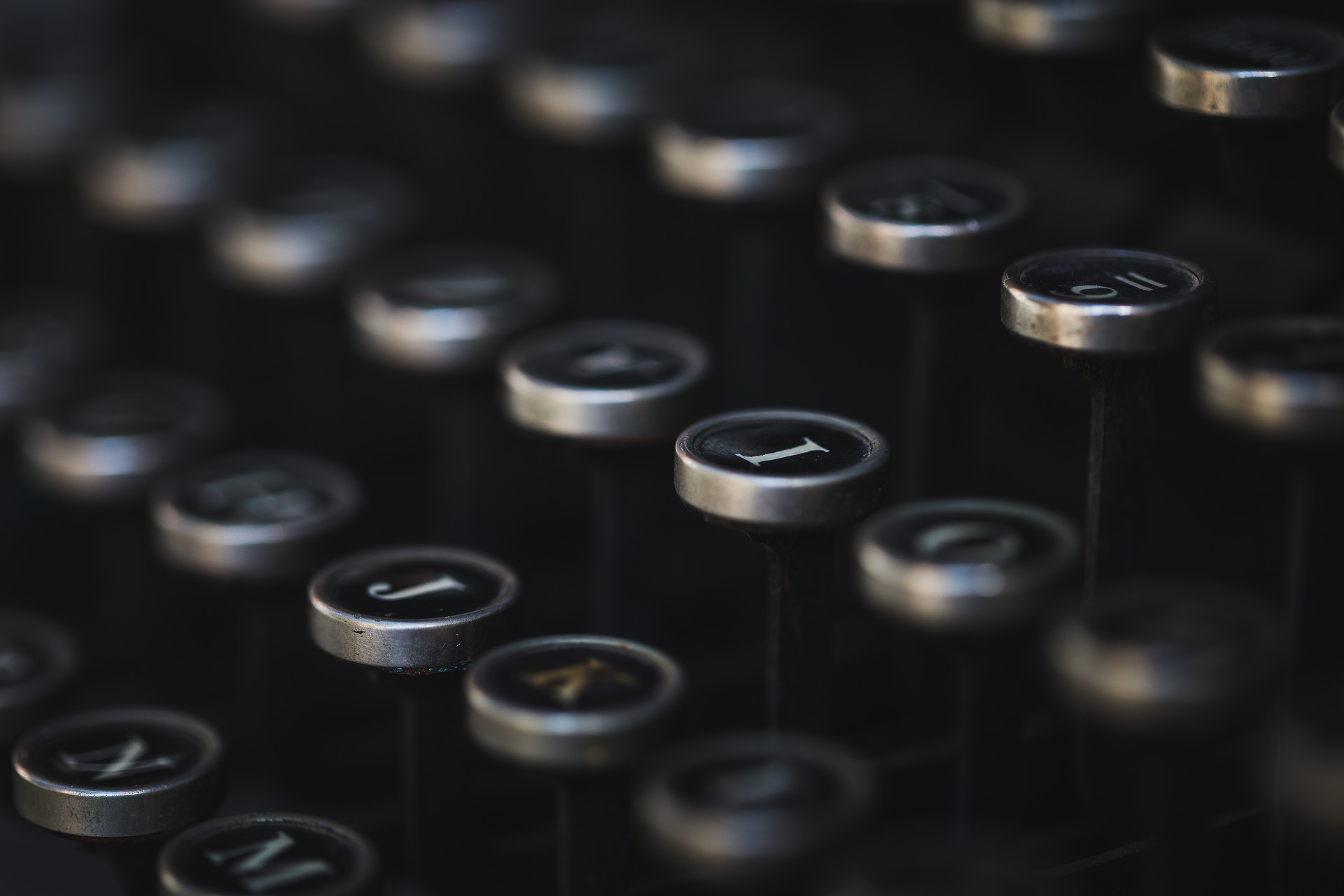Patents are the heartbeat of innovation, which is vital to progress. Patents are the legal backbone for innovation. They protect the intellectual property that is behind innovative inventions. The process of writing a patent is not easy. It requires precision, a deep understanding of law, and a commitment to details. Human creativity and artificial intelligence (AI), combined with the best of both worlds, form a dynamic collaboration.

Basics of patent writing
It’s important to understand the fundamentals of the patenting process before we dive into the complex symbiosis between human intelligence and artificial intelligence.
Understanding the Patent System
Patents are the protectors of innovation. They grant exclusive rights to inventors. Patents come in many forms, such as utility patents which protect useful and novel inventions; design patents which shield an object’s ornamental design; and plant patents to protect new and unique plant varieties. Patent protection is only granted to inventions that meet certain criteria. These include being new, not obvious, and useful.
The structure of a patent document
Patent documents are not casual stories; they follow a strict structure that includes:
- Title is a concise and descriptive title of the invention.
- Abstract A short summary of the invention.
- Background : A brief introduction to the field of technology and the problem that the invention is intended to solve.
- Description: A detailed description of the invention, including its components, use, and operation.
- Claims : The core of a patent, which defines the legal boundaries of an invention.
- Drawings: Visual representations that help to understand the invention.
- Summary A concise summary of the main elements.
Patent Attorneys and Agents: Their Role
Patent attorneys and agents are often needed to navigate the complex terrain of writing patents. These professionals are the architects for innovation protection. They use their experience to draft, file and advocate patents.
Patent attorneys and agents have a thorough understanding of the patent laws. They help inventors navigate the patenting process and ensure that their invention meets all legal requirements.
Patent Writing Process Traditional
In the past, writing a patent was a time-consuming and labor-intensive process. The process involves thorough research, detailed documentation and precise language in order to express the uniqueness and utility of an invention. AI, however, has brought a new level of accuracy and efficiency. The traditional patent writing approach has been a good fit for the innovation ecosystem, but it is not without challenges.
Patent writing requires a great deal of attention to detail, which can translate into significant time investment. Patent professionals and inventors can spend many months, if not years, perfecting one patent application. Human error and inaccuracy are possible in the patent writing process. Even the most meticulous professionals may inadvertently miss important details or make drafting errors that can jeopardize a patent’s validity. It is expensive to hire a patent attorney or agent.
Patent protection is a costly endeavor because of the high fees they charge for their legal expertise. Scalability is a major problem with the traditional approach to writing patents. Patent offices around the world are struggling with delays and backlogs as patent applications continue to increase.
Patent Writing is being transformed by AI
Artificial intelligence (AI) is a disruptive force within the patent world. AI technologies are transforming the way that inventors and professionals draft and protect their intellectual property.
AI-powered databases and algorithms have brought a whole new era to patent search. These technologies can sift through large amounts of scientific literature and patents to find prior art. This automated approach accelerates the initial phases of patent writing.
AI algorithms are able to analyze images, text, and chemical formulas in order to find potential matches. This level of automation saves not only time, but also reduces risk of missing important prior art. The use of AI and Natural Language Processing tools to draft patent applications is one of the most exciting new developments in the patent writing field.
NLP enables AI systems to generate text that is human-like. NLP-driven applications in patent writing can help to create concise and clear descriptions of inventions. These tools use technical documents, scientific literature and patent databases to create high-quality applications.
Claims are the heart of any patent. AI systems can now generate patent claims using the information provided by inventors. These AI-generated patent claims are not just precise, but also take into account potential objections and legal nuance to increase the chances of a successful grant.
AI-powered tools excel at categorizing and analyzing patent data. They aren’t just limited to automating initial searches for prior art. AI-driven systems are able to analyze patent landscapes and identify trends, gaps, or opportunities. This level of analysis helps inventors and businesses make informed decisions regarding their inventions and IP strategies.
AI-powered predictive analytics can predict patent examiners’ decisions and the likelihood that a patent will be granted. Patent professionals can use this insight to improve their applications and increase their chances of success.
Human-AI collaboration in patent writing: Benefits
Synergy of human expertise with AI capabilities for patent writing has a multitude of benefits.
The most obvious advantage is the improvement in speed and efficiency. AI-powered systems are able to complete tasks that humans would have taken weeks or even months to accomplish in just a few hours or days.
Patent applications can be drafted in a fraction of the time, which allows inventors to quickly protect their inventions. AI-generated patents are more structured and precise, resulting in a faster examination and approval process at the patent office.
The ability of AI to process large amounts of data accurately reduces the chance of errors or inaccuracies occurring in patent documents. AI-driven systems do not make mistakes. They make sure that the patent application is free of common drafting errors. AI assures consistency of language, terminology and formatting in all patent documents. This strengthens the strength of the invention.
Scalability and Innovation
The scalability of AI is a game-changer. It enables inventors and organizations to handle a larger volume of patent applications and encourages innovation. With AI, the capacity to protect multiple inventions simultaneously becomes a reality, promoting innovation at an unprecedented pace. The reduced cost and increased efficiency brought about by AI collaboration inspire inventors to pursue new ideas and innovations.
As we’ve seen, Human-AI Collaboration in Patent Writing is a transformative force, revolutionizing an age-old process. But, as with any powerful tool, it comes with its ethical and legal considerations.
Ethical and Legal Considerations
While AI has undoubtedly brought about a myriad of advantages in the world of patent writing, it’s essential to navigate this technological frontier with ethics and legality in mind.
Intellectual Property Rights and AI-Generated Content
One of the most significant ethical dilemmas in AI-generated patent writing revolves around intellectual property rights. Who owns the content generated by AI systems? Is it the inventor, the AI developer, or a combination of both?
Ethical Questions
- Ownership: Determining the rightful owner of AI-generated patent applications can be ethically complex. It requires a clear delineation of contributions from both human and AI agents.
- Attribution: Recognizing the role of AI in the patent writing process is an ethical concern. Proper attribution for AI-generated content is necessary to ensure transparency and accountability.
Ethical Use of AI in Patent Writing
The ethical use of AI in patent writing goes beyond ownership issues. It also pertains to responsible AI development and deployment.
Transparency
AI systems should be transparent in their functioning, ensuring that users understand how AI-generated content is produced. Inventors and patent professionals must disclose the involvement of AI in the patent writing process to patent offices and stakeholders.
Bias and Fairness
AI systems can inadvertently perpetuate biases present in training data. Ensuring that AI-generated patent applications are free from discriminatory or biased content is essential. AI should not favor one type of invention or inventor over another. Fair and equitable access to AI-generated patent writing capabilities is crucial.
Ensuring Transparency and Accountability
As AI becomes more integrated into patent writing, ensuring transparency and accountability becomes paramount. Implementing robust audit trails to track the contributions of both human and AI agents in the patent writing process can help address concerns related to accountability.
Developing legal frameworks that govern the use of AI in patent writing is a critical step in addressing ethical and legal concerns. Inventors and organizations must ensure compliance with existing patent laws and regulations, adapting them to the realities of AI collaboration.
Balancing innovation with ethical and legal considerations is a complex endeavor, but it’s necessary to harness the full potential of Human-AI Collaboration in Patent Writing. The journey of AI integration in patent writing is still unfolding, and as we look ahead, we see a landscape filled with promise and innovation.
Ethical and legal considerations surrounding AI in patent writing
Intellectual property rights and AI-generated content
Incorporating AI into patent writing blurs ownership lines, raising ethical questions. It is difficult to determine ownership when both AI systems and human inventors are involved in the patent application. This poses an ethical challenge, as there is currently no widely agreed framework for attribution of credit and responsibility. It is important to strike a balance between the contributions of humans and AI. To maintain transparency and acknowledge AI’s role in patent applications, it is important to ensure proper attribution of AI-generated content.

Ethical Use AI in Patent Writing
Ethical concerns go beyond ownership and extend to responsible development and deployment AI in patent writing. Transparency is the most important consideration. AI systems should be transparent, so that their users, such as inventors and professionals in the field of patents, can understand how AI-generated material is created. Transparency also requires that AI be disclosed in the process of writing patents. It is also important to address bias in AI systems.
AI systems can unintentionally perpetuate biases that are present in the training data. This could lead to biased or discriminatory patent applications. Fairness in AI-generated writing of patents is an ethical concern that must be addressed, with equal access for all inventors to AI capabilities.
Ensuring Accountability and Transparency
On the legal side, it is important to ensure transparency and accountability. Accountability concerns can be addressed by implementing robust audit trails which track both the contributions of human and AI agents during the patent writing process. It is also important to establish clear legal frameworks that govern AI’s use in patent writing.
These frameworks must address issues like ownership, disclosure and ethical considerations. They should provide a structured approach for AI integration into patent writing. Priority must be given to complying with current patent laws and regulations, while adapting them in order to accommodate AI collaboration, while maintaining the principles of fairness and transparency.
The integration of AI into patent writing has many benefits but also introduces legal and ethical complexities which require careful consideration. To harness the full potential for Human-AI Collaboration, it is important to strike the right balance between innovative thinking and ethical responsibility.
